From behind some scrub on a dusty desert patch, the lone hunter quietly eyes a couple of mule deer with long ears alert for threats. A bead of sweat stings the hunters eye while his sore muscles protest eventless hours of hunkering down on the hardpack. To add insult to injury, his stomach grumbles, causing his thoughts to turn to his family and the sparce, overpriced selection at the local meat counter.
Suddenly a buck emerges from behind a mesquite tree, moving with confidence into the clearing. His head drops to ruffle through the dry grasses for something to eat, slowly moving farther into the clearing, one deliberate step at a time. His head raises, ears swiveling for signs of any danger, then he settles back to his foraging, unaware that he’s being watch from down wind.
From his strategic vantage, the hunter draws back the bowstring. Eyes sharp and breathing easy, he elegantly raises the bow in anticipation. The buck raises his head sharply at the chittering of a desert ground squirrel prancing over some granite boulders, causing the buck to slightly turn away from the shooting lane. The hunter desperately wants to take the shot, his fingers cramping on the bowstring at the pressure.
As luck would have it, the buck settles again. Instantly the arrow leaps from the bow, flying true through the warm desert air on its path to the target…
WHY BOW HUNT?
If you got a little excited or curious by the intro, or simply find it prudent to explore bow hunting further in these increasingly troubled times, then you should probably think about trying your hand at hunting game the way our distant ancestors did for millenia.
Bow hunting is almost nothing like hunting with a rifle or shotgun. What can be an easy shot with a gun from certain distances can be a near-impossible feat for even the most experienced bow hunters. It takes patience and practice… and lot’s of it. Even so, there are many advantages to bow hunting over gun hunting, not the least of which is that the gear is much more easily sustainable. For example, you have to constantly replenish one-off bullets, while you can repeatedly reuse arrows – as long as you can retrieve them. And in a future addition to the series, I’ll even show you how to make a legitimate bow and arrow with common stuff found in the great outdoors –– whatever your neck of the woods!
LEARNING TO SHOOT A BOW
In the “Introduction to Survival Bows”, I discussed different types of bows with some comments and top recommendations.
Traditional Bows
Traditional bows include longbows, recurve bows and takedown bows (which can be folded up or disassembled). Easily the lowest priced and maintainable, traditional bows are a popular place to start for those new to bow hunting. A shorter recurve bow can produce more power than a longbow, and a takedown recurve bow has the added design benefit of limbs that can be quickly swapped out to increase or decrease the draw weight. Recurve bows are also excellent for building the stamina to shoot effectively (helps build the necessary strong muscles in arms, shoulders and back), while helping archers to shoot more precisely. It’s the very nature of a recurve bow to demand a stable shooting posture and correct bow handling in order to be accurate. These bows are very popular for bagging larger game such as deer, elk and wild boars, but are also quite suitable for smaller game such as turkey and small mammals. Best of all, these bows provide simple and low cost solutions any time you may need to repair, upgrade or replace.
Compound Bows
In the modern era, compound bows feature a newer design that compounds the amount of energy applied to the arrow using a cable and pulley system. Through this much more complex system, the shooter is afforded a more comfortable position to hold the shot, allowing for a more precise aim and a more accurate hunting outing. However, be prepared to pay 3 to 4 times more for this rig than a traditional bow. You’ll have to weigh cost vs. accuracy, as well as the other pros and cons to suit your situation. If you’re going to hunt long term on planned expeditions, I recommend going with a compound bow. If you’re just going to dabble, or you’re considering survival situations, go with a traditional bow.
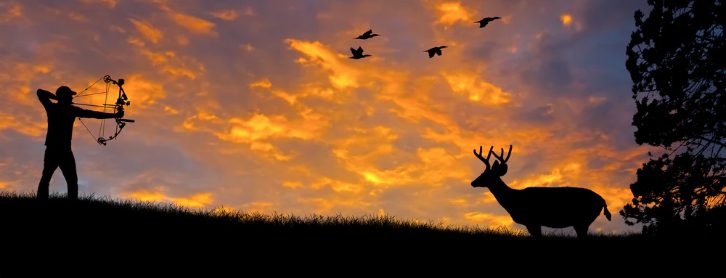
HOW TO STAND
Shooting a bow is pretty much like shooting a rifle and obviously takes some practice. Here’s some tips:
- First a word of caution: never dry-fire a bow which can seriously damage it.
- Place your feet in line with your target.
- If right handed, place your left foot forward. Hold the bow in your left hand and don’t bend your elbow.
- Your shoulders and left arm should be in line.
- Grasp the bowstring with the elbow above or even with the right shoulder.
- Your right hand should touch your cheeck or jaw to create the consistent anchor point.
- If you’re a left, simply reverse the above configuration.
HOW TO GRIP THE BOW
- Use the web between your thumb and forefinger to grip the bow, not your palm or fingers.
- While at full draw, wiggle your fingers to relax them.
- Don’t tightly squeeze the grip. Relax your hand and wrist so you avoid twisting the bow when you release your shot.
- The goal is to have as little contact with the actual bow as possible, just enough to hold it steady and aim.
HOW TO DRAW THE BOW
- Push your bow arm (your grip hand) toward the target.
- Don’t fully lock your elbow because you want some bend.
- Then with your release hand, pull the bowstring back to your chest, but not into it.
- Your release hand elbow should point back and up toward the sky as you draw, utilizing your back muscles to help draw, not just your shoulder.
HOW TO FIND YOUR ANCHOR POINT
- Draw back to a solid, consistent place on your face/jaw such as the corner of your mouth.
- Duplicate that same spot each time you draw your bowstring back.
- This is the point where you will release every arrow shot, so it must feel natural and familiar because it’s vital for accuracy.
HOW TO AIM
- Keep both eyes open as you place the ring of your bow sight into the ring formed by your peep sight.
- Focus on the sighting pin as you see the blurry target in the distance.
- Pick a precise, tiny point of aim (such as a piece of shoulder fur) rather than the whole target.
- Just before the shot remind yourself to pick a spot, squeeze and follow through.
HOW TO RELEASE
- Take a deep breath, let a quarter of it out, then slowly release the bowstring (or bow trigger if you’re using one) while maintaining the sight on your target until the bowstring is fully released.
- Note: The release of the bow should come as a mini-surprise to help your body avoid anticipating the shot and potentially flinching.
HOW TO FOLLOW THROUGH
- Basically, do nothing at all for a second after the shot.
- Keep the bow just as it as when you were aiming.
- Do not drop the bow until the arrow strikes the target.
MORE IN THE SERIES
Introduction to Survival Bows
Beginners Guide to Bow Fishing
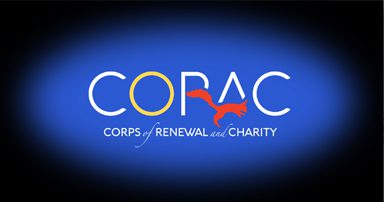




















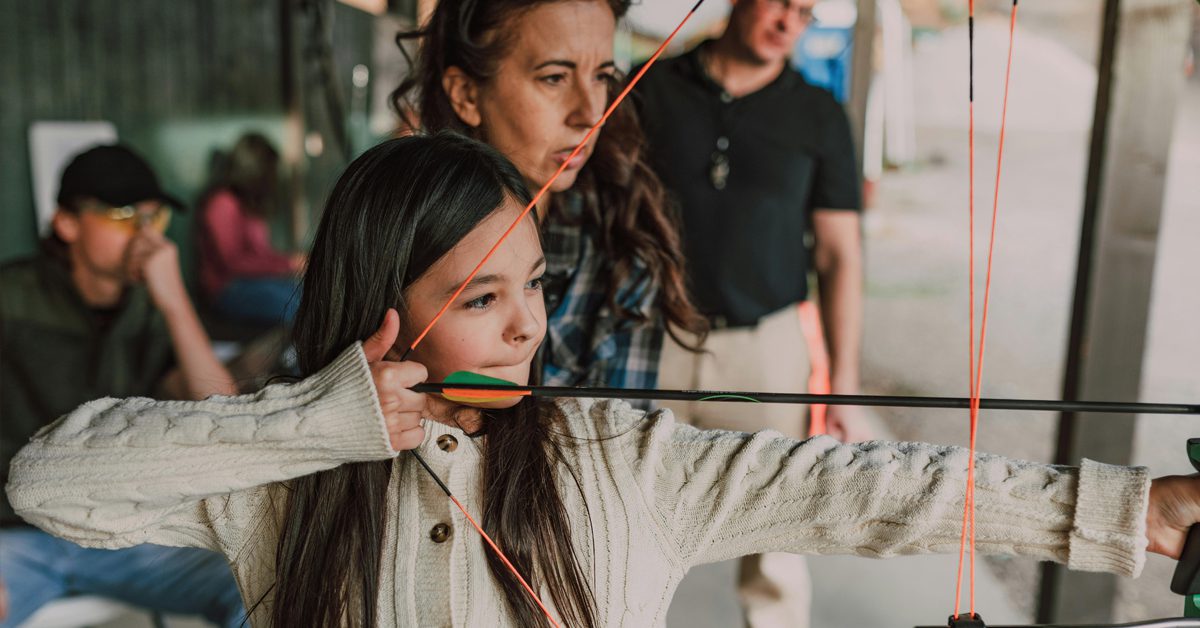
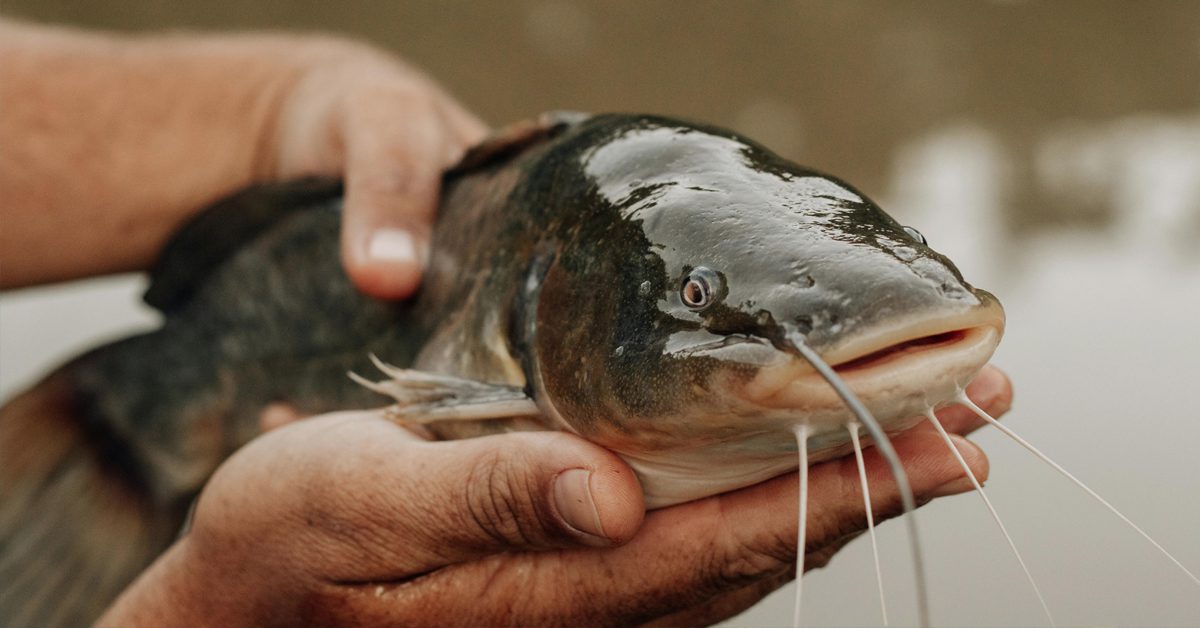
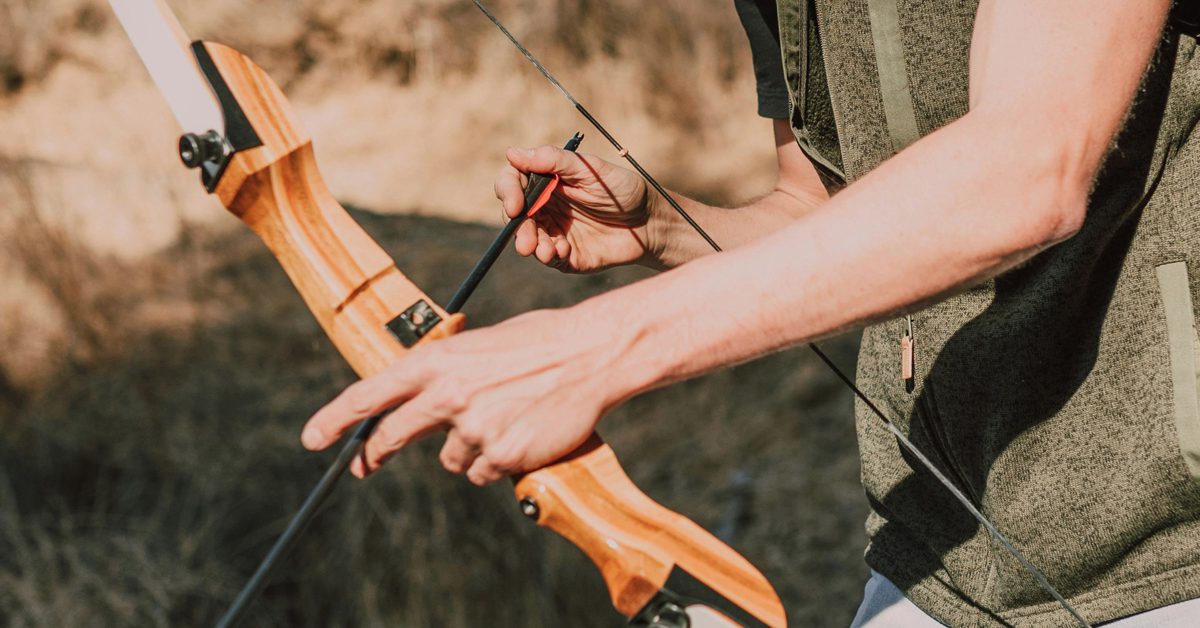



0 Comments